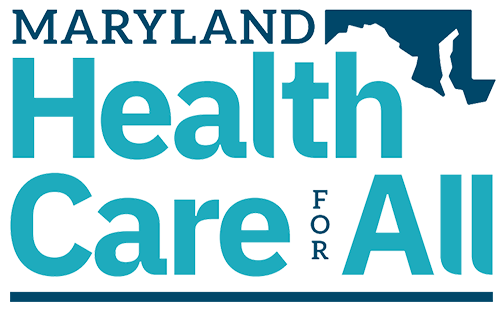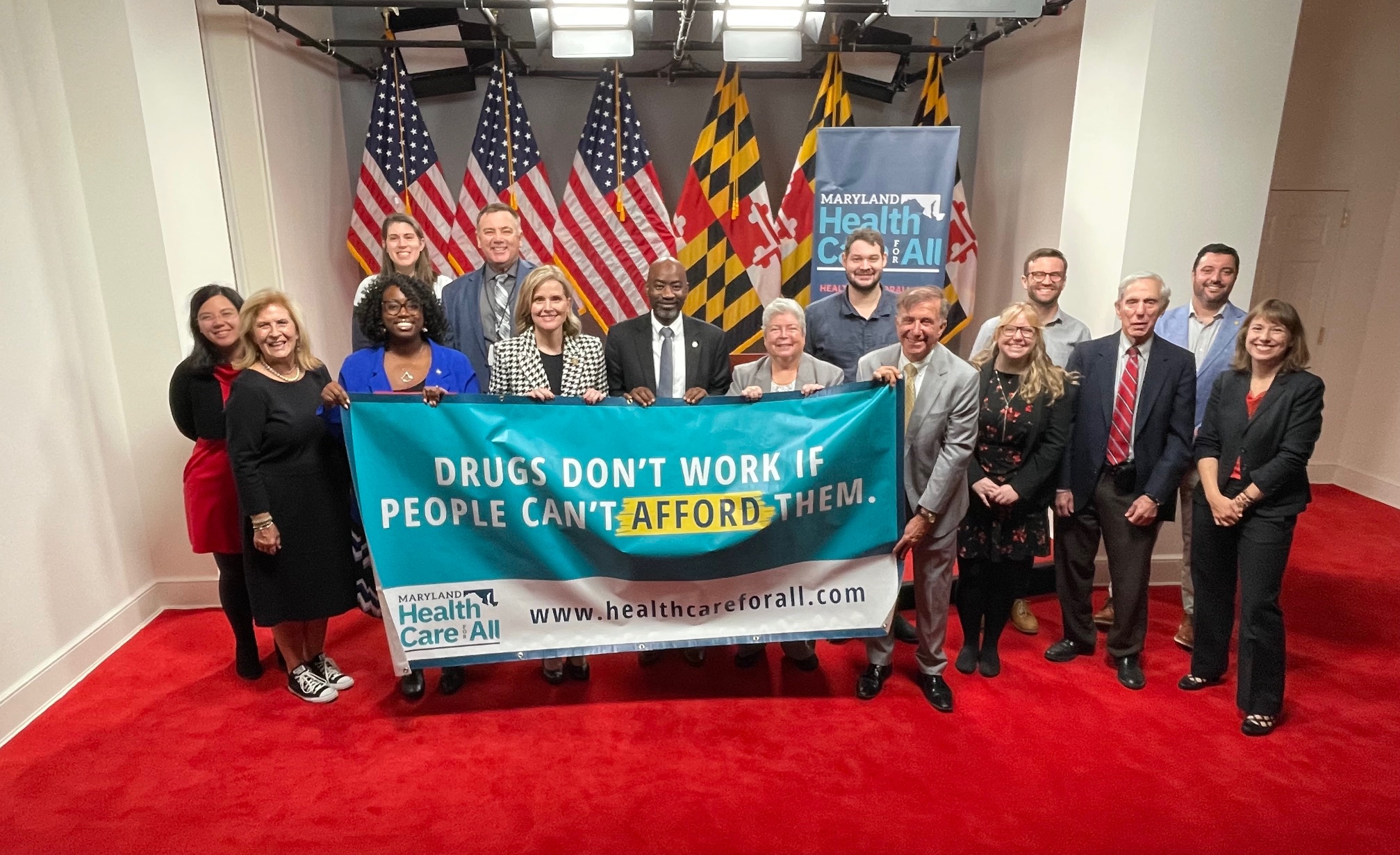From The Baltimore Sun
March 27, 2019
The 2018 General Assembly session was a banner year for health care affordability and access in Maryland, with members of both parties working together on the creation and funding of a reinsurance pool to drive down costs in the state’s Affordable Care Act exchange. The result was that as premiums continued to spike in the rest of the nation, they actually went down in Maryland, staving off what could have been a death spiral for the individual market. This year, the General Assembly has the chance to lead again in the effort to rein in prescription drug prices.
The House of Delegates voted 98-40 Wednesday in favor of a bill that would create a prescription drug affordability board, a body that would be empowered to evaluate the cost of particularly expensive medications, or those whose prices increase significantly. If after such a review, the board determines that a particular medication presents an affordability challenge, it would set an upper payment limit for that medication for people covered by state or local health care plans other than Medicaid. Backers estimate that would cover potentially 250,000 to 300,000 people. If it proves necessary, the state could later seek to expand the payment limits to all drug purchases in the state.
The pharmaceutical industry and Maryland’s biotech industry both strongly oppose the bill, predicting dire consequences for patients and an important growth sector in the state’s economy. While we acknowledge that the impact of the bill is difficult to predict given the lack of a precedent, their warnings seem out of proportion to what the bill actually does.
This isn’t a broad price-setting scheme — in fact, it doesn’t technically set prices at all but rather creates the opportunity to establish the maximum the state and local governments would pay for a particular medication. It only deals with drugs brought to market with an initial price of more than $30,000 a year, brand-name drugs whose prices increase by more than $3,000 a year or generics that go up in price by more than 200 percent.
Even then, the state wouldn’t necessarily set a price cap. When any of those circumstances occur, the affordability board would work with an advisory council (on which the pharmaceutical industry would be represented) to decide whether an inquiry is warranted. If so, it would consider a wide variety of factors related to the drug’s pricing to determine whether a price cap is needed and if so, what it should be. Manufacturers would have the right to appeal a decision by the board, and if that doesn’t work, they can take the matter to court.
It is true that this legislation won’t by itself solve the prescription drug affordability problem, but even in its limited effect — dealing just with very expensive drugs and just for government health plans — the bill is significant. Harford County Executive Barry Glassman, a Republican and supporter of the bill, says two medications alone, accounting for about 300 total prescriptions, ate up more than a third of the money the county spent on prescription drugs last year. We urge the Senate to adopt the House’s legislation.
Last modified: March 28, 2019



